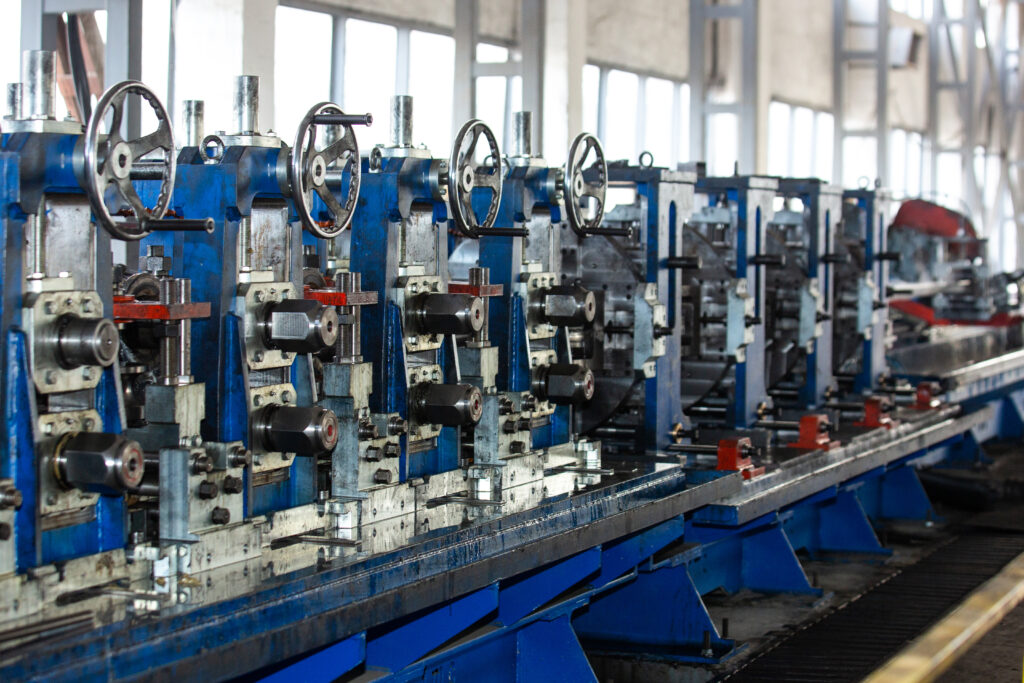The world of accounting is full of intricate standards and regulations, and understanding them is crucial for aspiring Chartered Accountants (CAs). Among these, Ind AS 16, Property, Plant and Equipment (PPE), plays a significant role in ensuring transparency and proper financial reporting.
This blog post aims to be your one-stop guide to Ind AS 16, catering specifically to CA Inter and Final aspirants. We’ll delve into the standard’s core principles, explore its key requirements, and provide practical examples to solidify your understanding.
Table of Contents
What is Ind AS 16?
The Indian Accounting Standard Ind AS 16 specifies how property, plant, and equipment should be treated in accounting. It dictates how companies should record, measure, and report these long-term tangible assets in their financial statements.
Objectives of Ind AS 16:

To provide users of financial statements with clear and concise information about an entity’s investment in PPE.
To ensure consistency in how entities account for PPE, allowing for better comparability between companies.
To accurately reflect the value of PPE in the financial statements.
Key Requirements of Ind AS 16:
While the core principles of Ind AS 16 seem straightforward, several intricate aspects require a deeper understanding:
- Recognition and Initial Measurement:
- Recognition Criteria: An item qualifies for recognition as PPE only if:
- Future Economic Benefits: It is probable that the entity will derive future economic benefits from using or disposing of the asset.
- Reliable Measurement: The cost of the asset can be reliably measured.
- Initial Measurement: The initial cost of PPE includes all expenditures incurred to bring the asset to its location and condition for its intended use. This encompasses:
- Purchase price, including import duties and non-refundable taxes, minus trade discounts and rebates.
- Costs directly attributable to bringing the asset to its ready-to-use state, such as transportation, installation, and testing.
- Recognition Criteria: An item qualifies for recognition as PPE only if:
- Subsequent Measurement:
- Cost Model: The cost model is the most commonly used method, where the asset is carried at its historical cost, less accumulated depreciation and impairment losses.
- Revaluation Model: This model allows for revaluing PPE to its fair value at the reporting date, with subsequent changes reflected in the revaluation surplus account in equity. However, using this model requires specific conditions to be met and is not mandatory.
Case Studies:
Case Study 1: Recognition of PPE – Land Improvements:
Company ABC incurs costs for leveling and preparing a plot of land for the construction of a factory. These costs meet the recognition criteria as they are directly attributable to bringing the land to a condition ready for its intended use and are expected to generate future economic benefits through the construction and operation of the factory. Therefore, the land improvement costs are recognized as part of the land’s cost in the financial statements.
Case Study 2: Subsequent Measurement – Choosing the Right Model:
Company XYZ owns a fleet of delivery vans. The vans are expected to have a useful life of 5 years with minimal residual value. Due to their nature and the expected pattern of wear and tear, the straight-line depreciation method is deemed most appropriate to reflect the gradual consumption of their future economic benefits. This ensures a consistent and accurate representation of the vans’ value in the financial statements over their useful life.
Case Study 3: Impairment Assessment:
Company PQR experiences a significant decline in its core business activities, leading to a potential decrease in the expected future cash flows from its factory machinery. An impairment test is conducted, and the recoverable amount of the machinery is found to be lower than its carrying amount. Consequently, an impairment loss is recognized in the income statement, reflecting the reduced value of the asset due to the changed circumstances.
Detailed Example:
Let’s consider the purchase of a factory machine by ABC Limited on 1st April 2023. The following information is provided:
Purchase cost: ₹1,000,000
Estimated useful life: 5 years
Residual value: ₹100,000
Journal Entries:
1st April 2023:
Machinery A/c Dr. ₹1,000,000
Cash A/c Cr. ₹1,000,000
(To record the purchase of the machine)
31st March 2024 (Year 1):
Depreciation Expense A/c Dr. ₹180,000
Accumulated Depreciation A/c Cr. ₹180,000
[(Cost – Residual Value) / Useful Life = (1,000,000 – 100,000) / 5 = 180,000]
Similar entries will be made for the remaining four years.
Key Takeaways:
Ind AS 16 focuses on the faithful representation of PPE in the financial statements.
Understanding the recognition, measurement, depreciation, impairment, and derecognition of PPE is crucial for accurate financial reporting.
Applying the standard consistently allows for better comparability between companies.
Frequently Asked Questions (FAQs):
Q: What are the different types of PPE?
A: PPE can include land, buildings, machinery, equipment, vehicles, furniture, and fixtures.
Q: How is the residual value of PPE determined?
A: The residual value is the estimated amount that an entity will obtain from the disposal of the asset at the end of its useful life, after deducting the estimated costs of disposal.
Q: What are the different depreciation methods allowed under Ind AS 16?
A: Entities can use various methods, such as straight-line, declining balance, or units of production, as long as the chosen method reflects the expected pattern of consumption of the asset’s future economic benefits.
Q: What happens if an entity sells a piece of PPE before the end of its useful life?
A: The asset is derecognized, and any gain or loss arising from the sale is recognized in the profit or loss statement.
Conclusion:
By mastering the intricacies of Ind AS 16, CA aspirants gain a valuable edge in their professional journey. A thorough understanding of recognition, measurement, depreciation, impairment, and derecognition of PPE equips them to analyze financial statements effectively, interpret the financial health of companies, and contribute meaningfully to various accounting and financial tasks. Remember, consistent practice and applying the learned concepts to real-world scenarios will solidify your grasp of this crucial accounting standard.
Do checkout our previous articles on accounting by clicking here!

